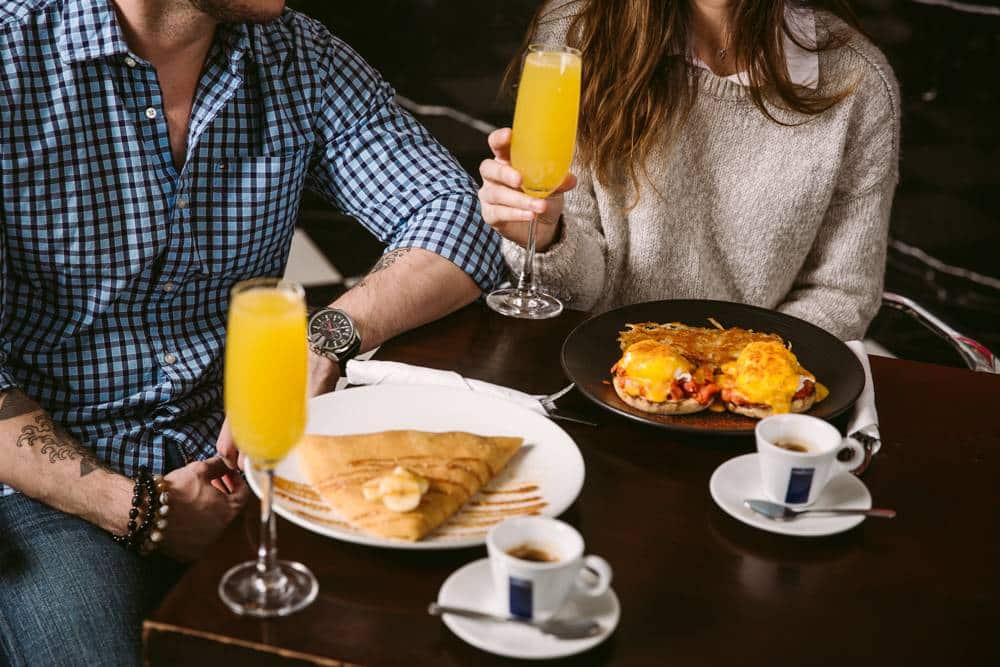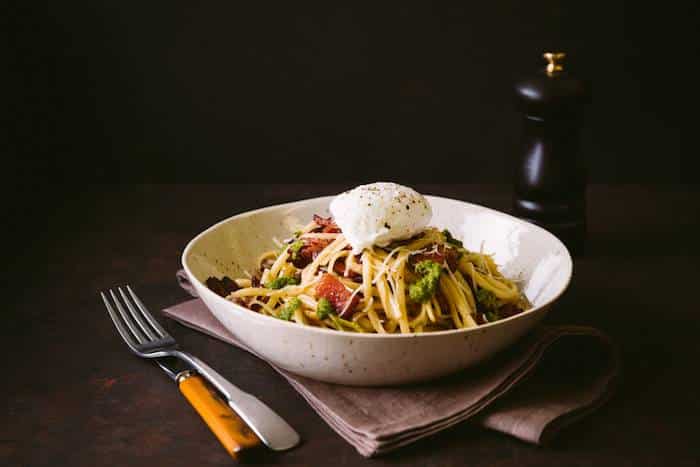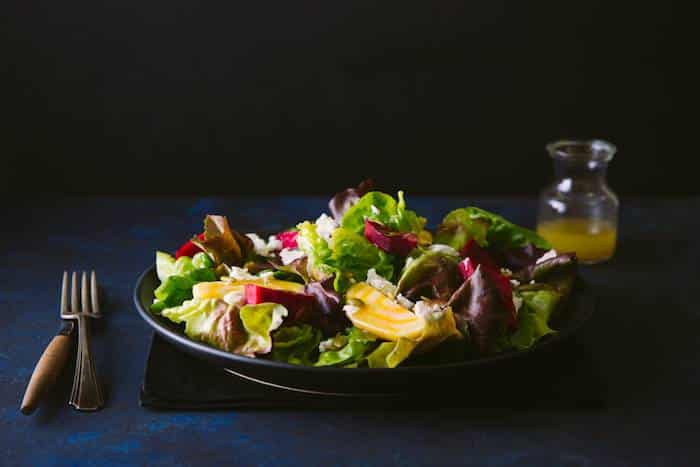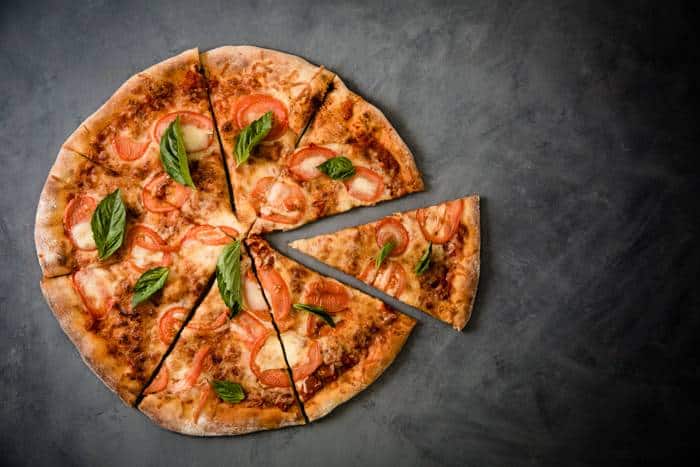 In my last post, I talked about how to approach shooting for restaurants. In this post, I will outline some of the things to be aware of on the business side. Besides technical and artistic considerations, and working in collaboration with a client and chef, shooting for restaurants also involves business issues such as liability insurance, contracts, and user agreements. Knowing about these issues will not only mark you as an experienced professional with your clients, it will also possibly save you from some very expensive and even disastrous problems down the line.
In my last post, I talked about how to approach shooting for restaurants. In this post, I will outline some of the things to be aware of on the business side. Besides technical and artistic considerations, and working in collaboration with a client and chef, shooting for restaurants also involves business issues such as liability insurance, contracts, and user agreements. Knowing about these issues will not only mark you as an experienced professional with your clients, it will also possibly save you from some very expensive and even disastrous problems down the line.
Contracts
You should always have the client sign a contract outlining the terms of your agreement with them. It can be a standard contract that you tweak to suit the requirements of each individual job, but essentially it should outline the date you are shooting, how many images you will deliver, what the agreed upon fee will be, and what each party is responsible for. Contracts should protect not only you as the photographer, but your client as well. What is the client getting in this scenario? A commitment to punctuality and files delivered in a certain time frame are a couple of examples.
Many photographers require a 30-50 percent non-refundable deposit up front and this is also agreed to in the contract. This prevents the photographer from losing out on other potential work that could have been scheduled on the agreed to date. It also commits a client to choosing you as their photographer and taking you seriously. As a food photographer, I personally find doing 5-7 shoots a month the limit of what I can do because there is so much prep and post production. That is not a lot of actual days on set, so I myself am pretty flexible on dates with my clients. How you approach this is up to you, however. Perhaps you have a part-time job or family commitments that leave your schedule less flexible than mine.
For ideas of what to put in your contract, peruse some samples online. Eventually though, you should consult a lawyer to refine what should be covered in the document.
Use a professional document signature service like Hello Sign, or a CRM that has this component. I use Dubsado to manage my client list and send out various contracts and agreements with my branding so that I may appear as professional as possible.
Liability Insurance
Before you set foot in the restaurant with your camera, you should absolutely make sure you have liability insurance. Many restaurants don’t realize this, but bigger clients will often ask for proof of liability insurance. If someone trips over an extension or tethering cord and decides to sue the restaurant, you will be included in that lawsuit. Do I need to say where that will lead?
Also, if you have employees working with you, such a photographer’s assistant, you should also have worker’s compensation insurance for them.
Shop around for the best insurance for you, and read the fine print carefully. You need insurance that is very specific to the photography industry to make sure you are covered in the types of situations you will be faced with.
Equipment Insurance
You should also insure your equipment agains theft, loss, and damage, including that from fire or flood. The thing to remember about any type of insurance is that you pay a deductible and your premium will go up if you make a claim. Claims should be reserved for large expenses, such as a broken lens or stolen camera body. It makes no sense to pay much higher premiums over several years for a two hundred dollar claim.
Business Licenses
You will also need to research if you need to get a business license to operate in the city in which you work. The answer will most likely be yes. Different cities have different rules about home-based businesses. You will need to research this and apply for a business license. The cost is usually quite minimal.
User Agreements
Once you are ready to hand over the images to the client, have them sign a user agreement. I wrote an article for the Food Bloggers of Canada website in which I went into detail describing what a user agreement is and why you need one. You can find the article here. In a nutshell, a user agreement specifies how the client can use the images and for how long. When you shoot for a client, you retain the copyright to those images. They belong to you, not the client. Your client is simply licensing them—borrowing them for a specific time frame, if you will. Some clients are under the impression that once they pay for the images, they belong to them and they are able to use them however they see fit, but you need to educate them on copyright to avoid any issues or bad feeling that could possibly to arise.
Hopefully this has given you an idea of the business side of shooting in a restaurant. Taking these points into consideration as you venture into the world of restaurant photography will go a long way in branding you as a professional and help protect you in the event something goes wrong.
* Disclaimer – I am not an attorney and cannot advise on legal issues. This post is my opinion and experience. Please consultant a lawyer and accountant for legal and financial advice on conducting your food photography business.
2





